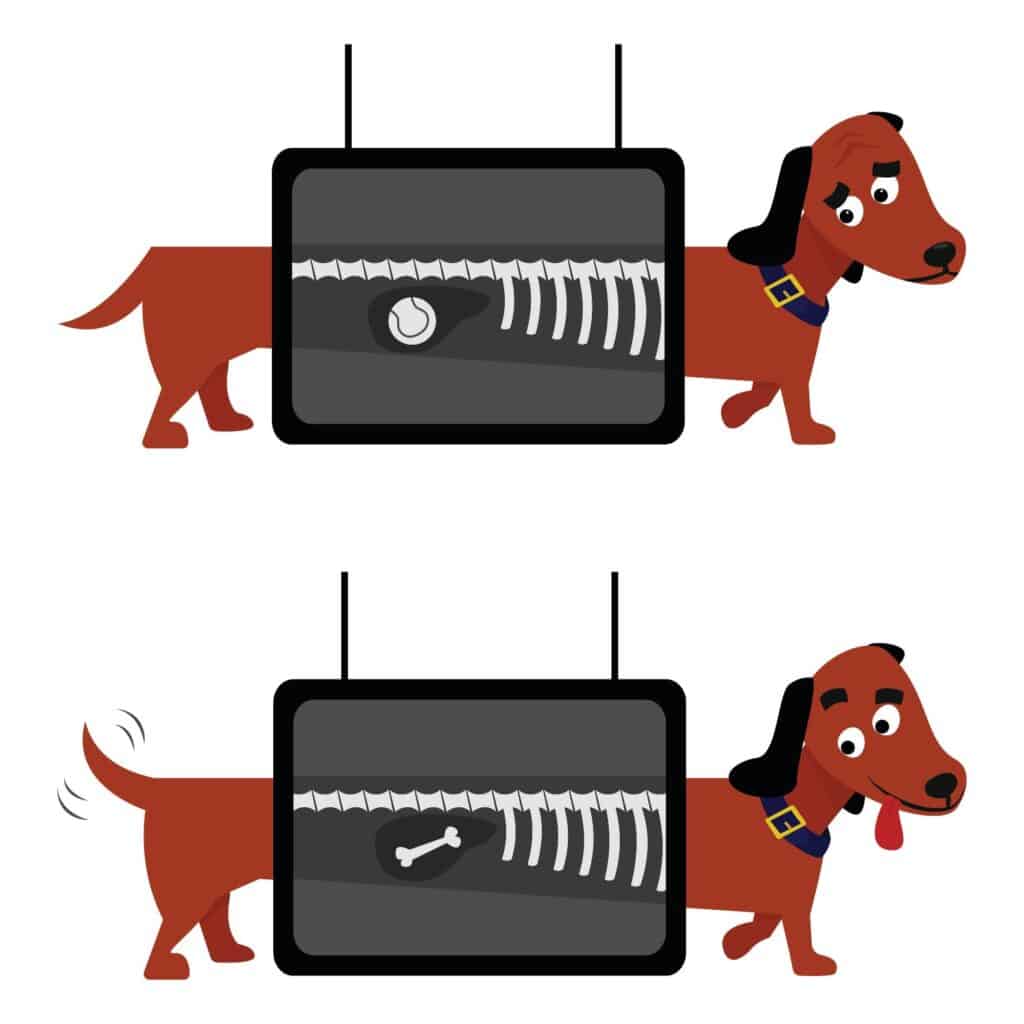Detection and Diagnosis of Foreign Body Ingestion in Dogs and Cats
Detection and Diagnosis of Foreign Body Ingestion in Dogs and Cats

The ingestion of a foreign body is a common complaint among veterinary patients. After all, pets learn about their world through their senses, and they just like to eat in spite of flavor or the potential for danger.
A foreign body is something inside the body that’s not supposed to be there. The risk of moving certain objects through the gastrointestinal tract is incredibly high, and some items simply get stuck where they don’t belong. Luckily, veterinary diagnostics techniques and even surgery can save the day.
What Happened?
You may not necessarily know that your pet ate something they shouldn’t, but they’ll clue you into their state of health through their behavior. Alternatively, if you suspect they got into something or have evidence they left behind, gather up what you can and save it for the exam.
The following clinical signs typically occur at some point after ingestion of a foreign body:
- Vomiting
- Diarrhea
- Pain or tenderness around the abdomen
- Decreased appetite
- Problems going to the bathroom
- Lethargy and/or reluctance to move
- Withdrawl or aggression
These signs signal that something is wrong. Please call us at (705) 223‑3404 so we can prepare to treat this pet emergency.
Our Veterinary Diagnostic Techniques
We will carefully examine your pet before conducting abdominal radiographs (X-rays), with or without a radiographic dye for contrast. Ultrasounds can also provide detailed characteristics of the foreign body.
Other veterinary diagnostic techniques include urinalysis and complete blood profile to rule out other conditions like pancreatitis or infection. These tests can also give us more information about how the foreign body is affecting the body’s systems. Administered in our in-house lab, results are available within 12 minutes so we can move toward rapid treatment.
Why This Is So Dangerous
Foreign body ingestion in cats and dogs can resolve without intervention, passing through and exiting the GI tract. However, most cases of foreign body ingestion can cut off blood supply to the digestive organs and surrounding tissue. Left alone, obstructions can cause tissue systems to die and lead to shock or extensive damage.
Full Speed Ahead
Depending on the length of time a pet has endured an obstruction, its location within the body, and the physical characteristics of the object, we may perform an endoscopic retrieval of the object, if the foreign body has not reached the stomach or intestines. Soft tissue surgery will remove the foreign body if it’s lower in the GI tract.
Our staff knows how scary this situation can be for both pets and their owners, and are here to support you through the entire process. Your pet’s health and wellness is our first priority, and we aim to get them on the road to recovery in a short time. Please call us at (705) 223‑3404 with any questions or concerns.
